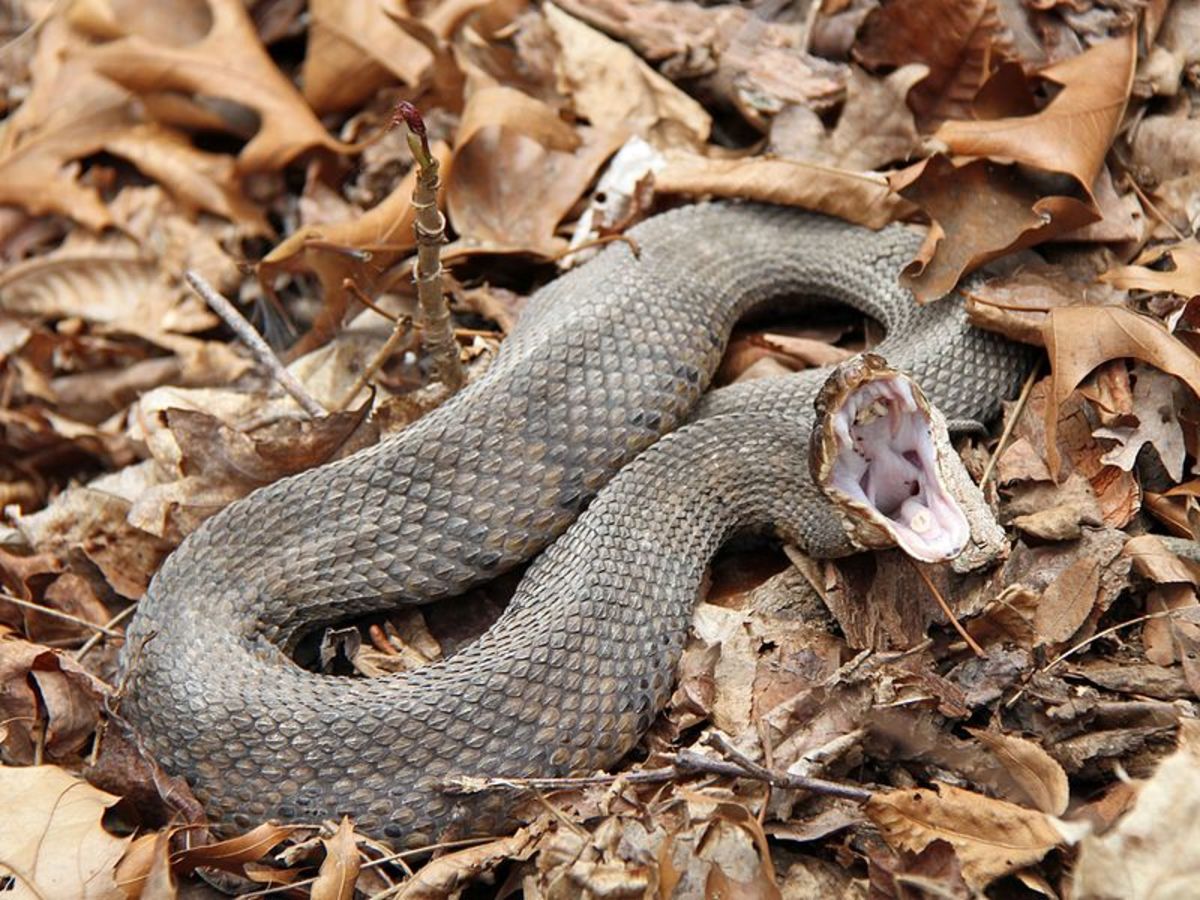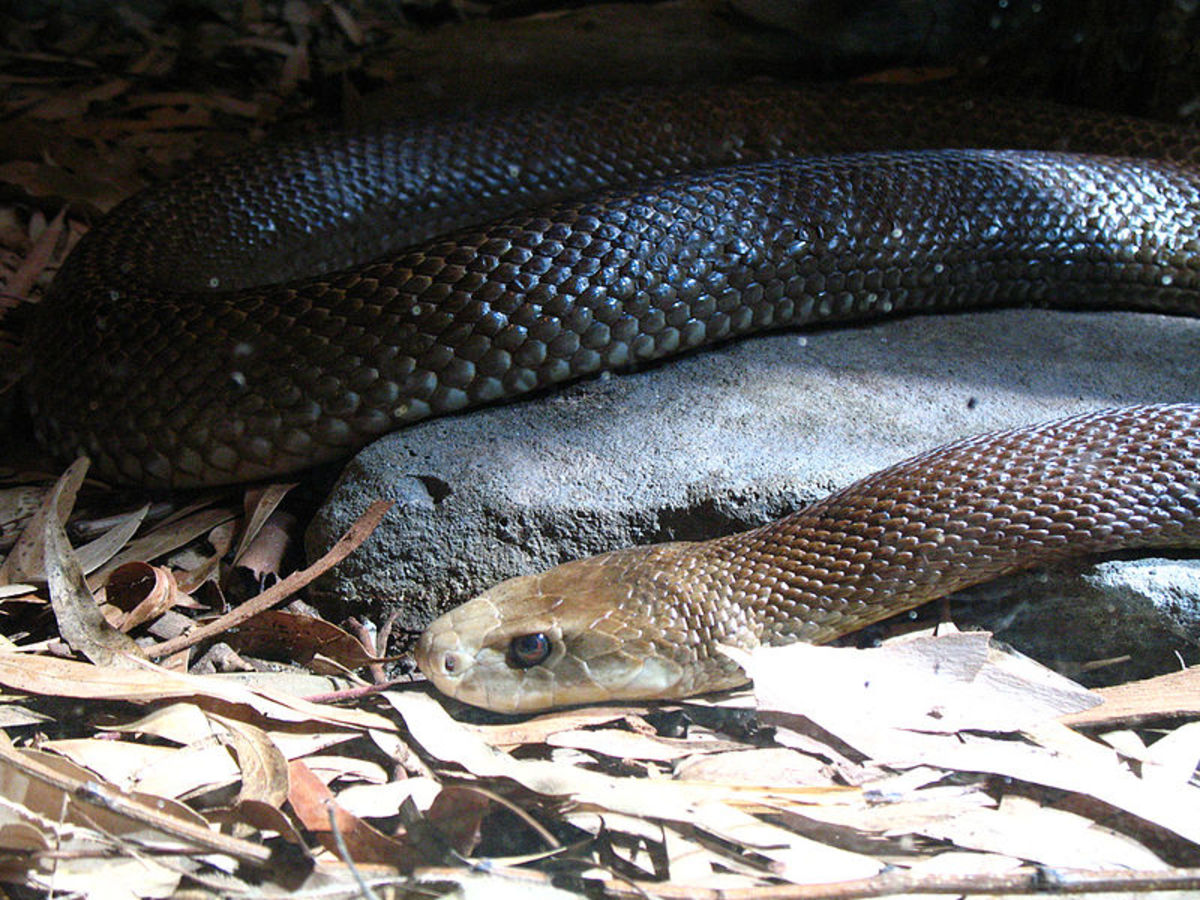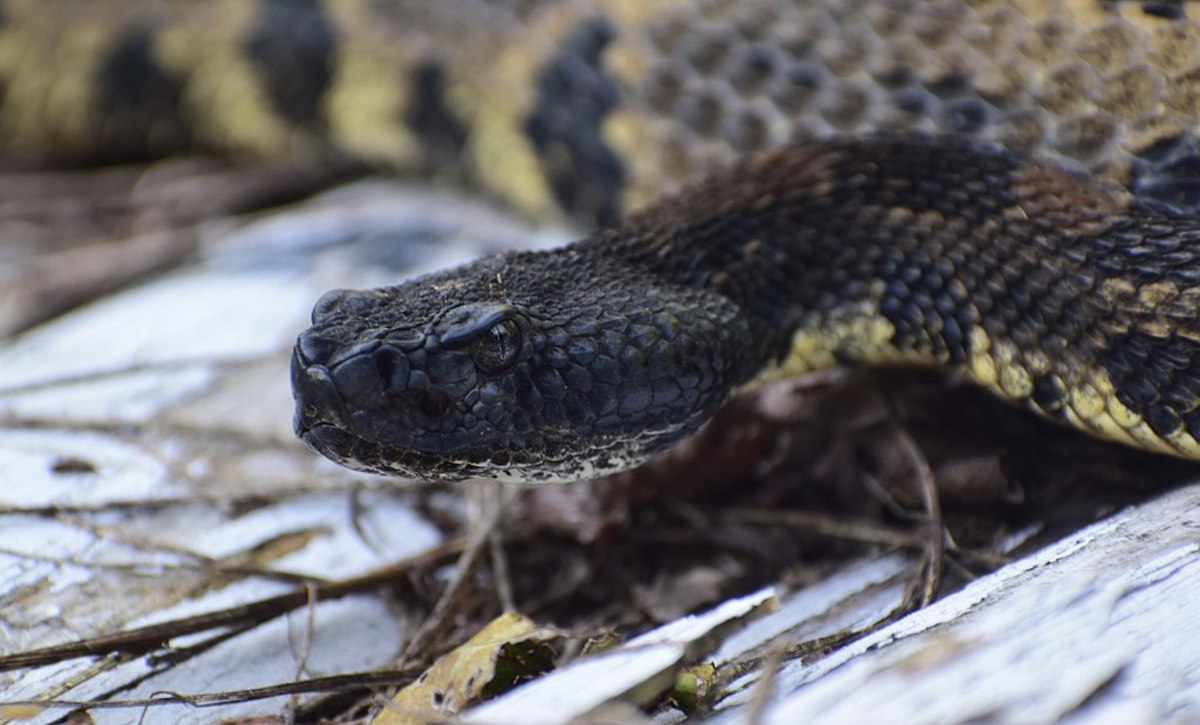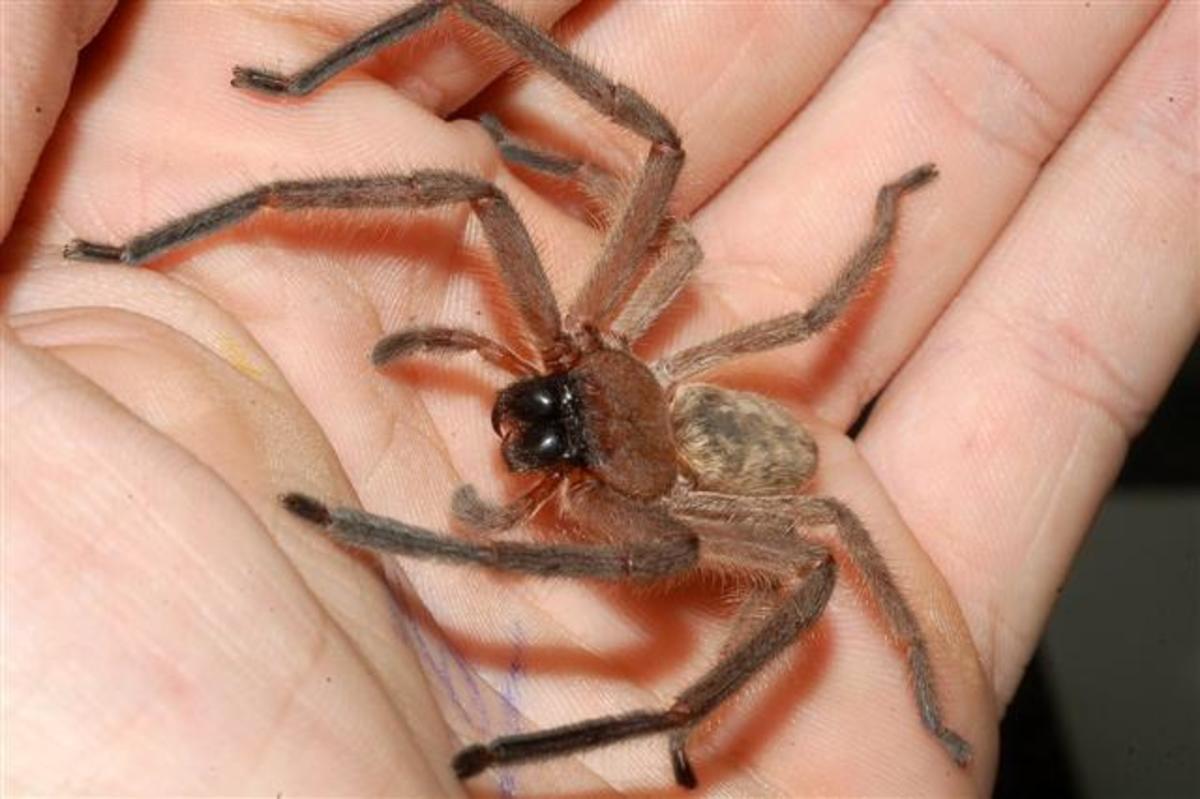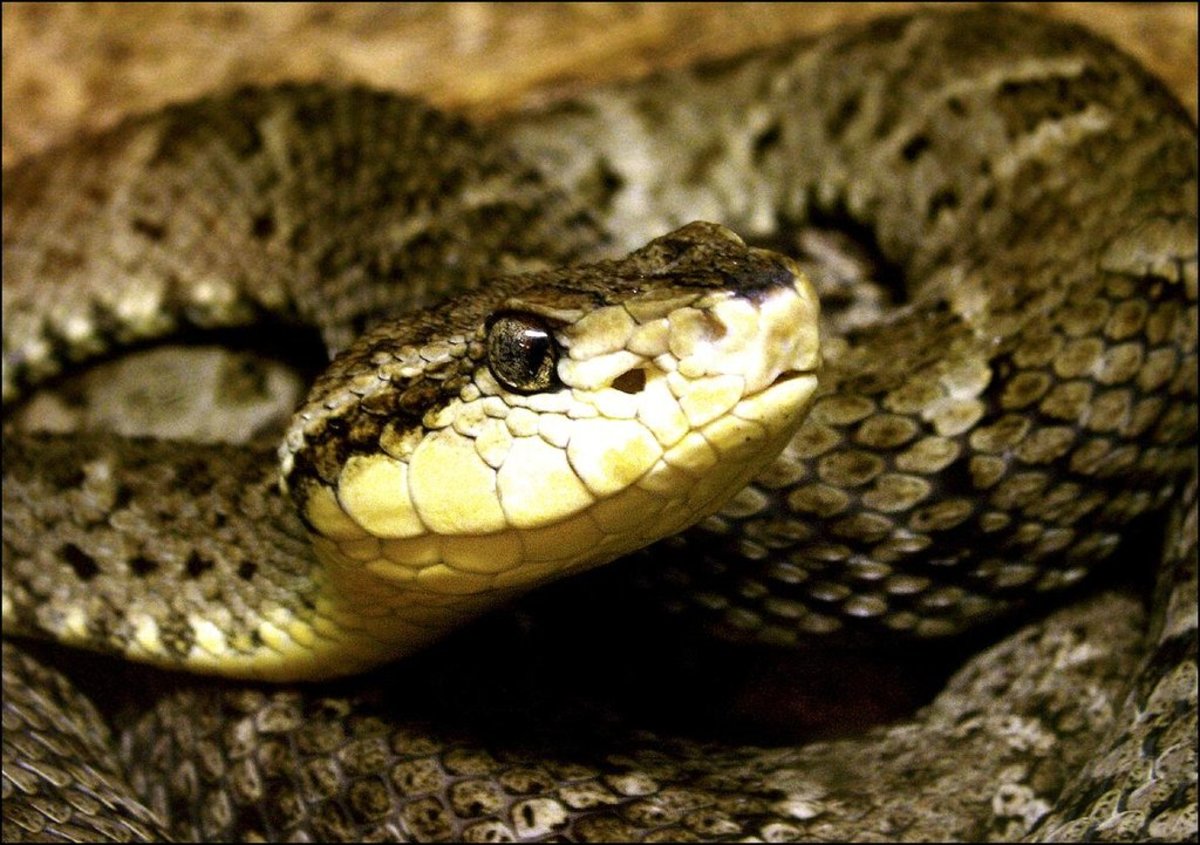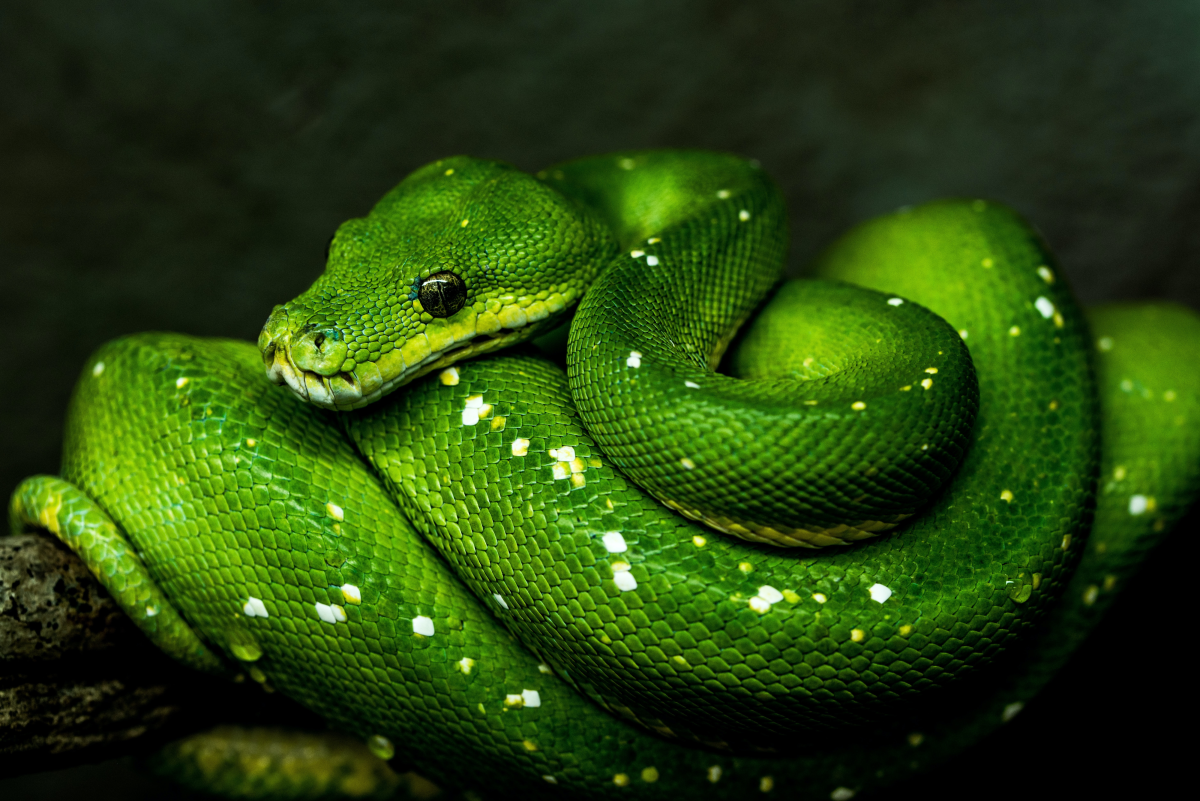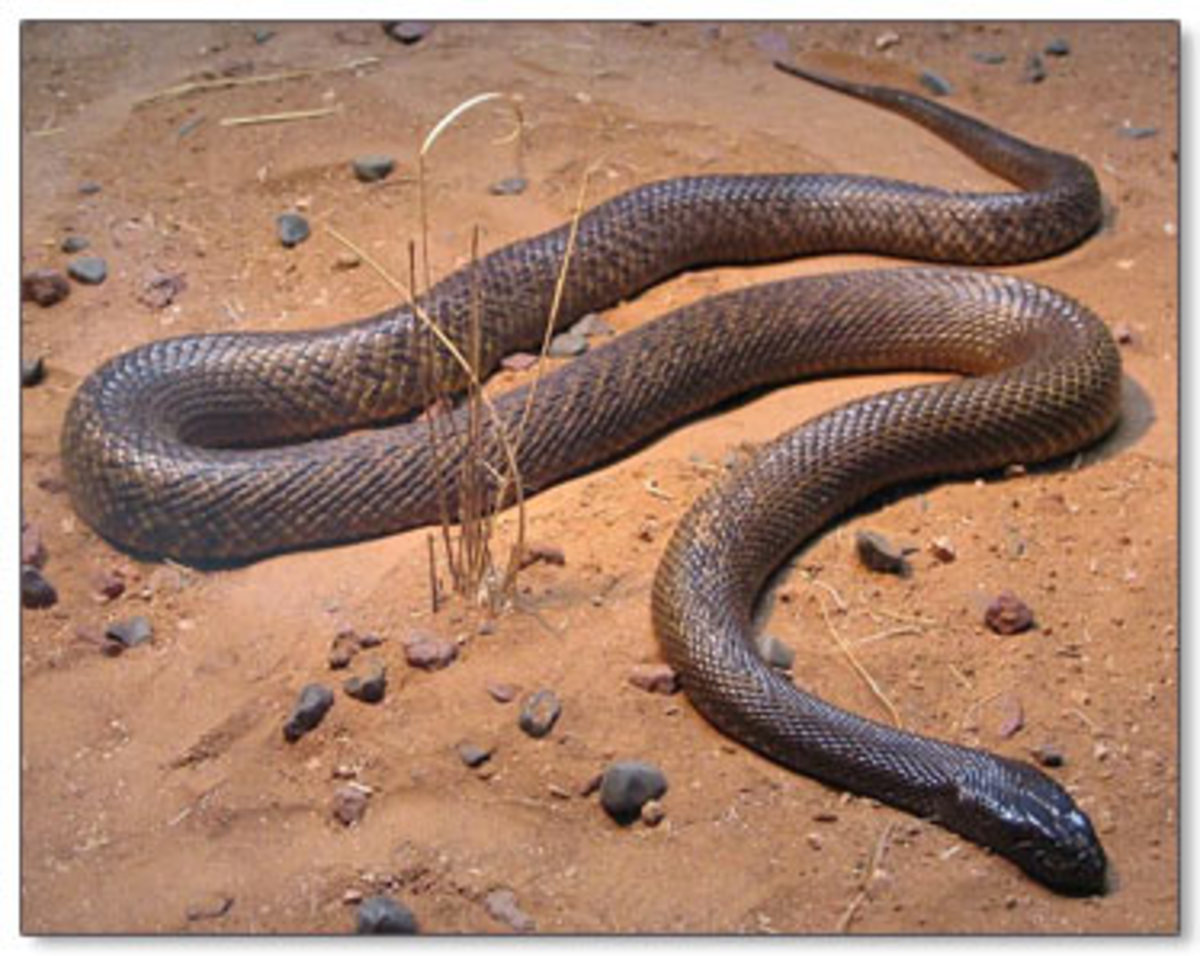Discovering Florida Backyard Rattlesnakes

Are You Prepared for the Sound of a Rattlesnake?
Most people are not prepared for that moment when they accidentally discover a rattlesnake in their backyard. Since childhood, many people are taught to listen for the distinctive sound of the rattlesnake but most of us are never unlucky enough to actually hear it in real life. Directly encountering a venomous snake for the first time is a very scary event. Our most primitive urges take over and as humans our initial reaction is usual to stop all movement and identify the location and source of the sound.
Sounds simple, right? In reality, the sound of a rattlesnake is not always as loud and distinct as we have always been taught. Like the range of a human voice, the sound of a rattlesnake can range from loud and aggressive noise to a quiet rattle that is sometimes difficult to hear. The rattling can be reticent and sound almost like a soft vibration. It is for these reasons that everyone should always be attentive when exploring the outdoors even if it is within the confines of their own backyard.
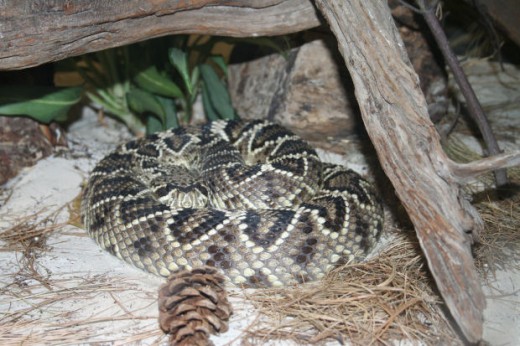
Basics of Rattlesnake Safety
There is no fully proven method to stay safe from a rattlesnake other than to avoid the creatures because rattlesnakes are dangerous. Even trained professionals must be careful that they do not get bitten as the strike of a rattlesnake can be lightning fast and potentially deadly. If you find that you have encountered one of their creatures then do not make any sudden movements that might provoke or threaten the snake. You will need to move away very slowly. Contrary to popular belief, the sound of the rattle is a warning and is meant as a deterrent.
Do not hit a rattlesnake with a shovel or other implement of intended to kill the snake. This can anger the rattlesnake and cause it to strike and bite you. If you are trapped and need for the rattlesnake to move, then try using a water hose to flood the area occupied by creature. Like most animals, a rattlesnake will remove itself from any area that is uncomfortable. Using indirect techniques like are safer because they keep you away from the rattlesnake and can gently encourage it to relocate to another area; but, as previously stated, do not engage a rattlesnake unless you have absolutely no other choice. Being in proximity to a rattlesnake is dangerous and therefore it is important to be respectful of its dangerous and unpredictable nature, In other words, the only way to stay safe around a rattlesnake is to stay away and avoid its presence.
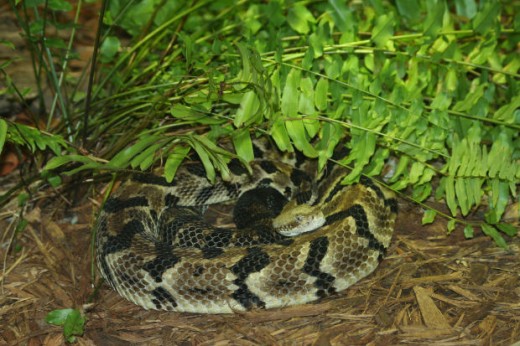
The Cost of Wildlife and Snake Removal in Florida
Homeowners are often shocked to learn that there is no system in place for their local county animal control officers to capture and removal of venomous snakes from their homes. Landowners must hire the services of wildlife removal specialists to trap and remove snakes regardless of whether they are venomous or non-venomous. A county's animal control services are only responsible for domestic animals, such as cats and dogs, and therefore all other nuisance animals require assistance from businesses that specialize in wildlife control. Non-venomous snakes can actually be helpful to landowners because they chase away the more dangerous venomous snakes, and they also eat common pests such as rats and mice. If you are not sure what type of snake is living on your property then you can always read a color reference guide on Florida snake identification to assist you. There are only six types of venomous snakes in Florida and therefore the chances are actually very good that most snakes that you encounter are actually non-venomous.
So, how much does it cost to have a snake removed from your property? The average cost for snake removal can range from $150 to over $300 per snake. Most companies require this payment regardless of whether or not they actually locate, trap, and remove the problematic snake from your premise. If they are unable to capture the snake then the payment is used as a service fee and to provide snake traps and deterrents. Therefore anyone who contacts one of these companies for emergency snake removal should be sure that they see the snake and know exactly where it is located. Otherwise, you can use do-it-yourself snake trap kits to humanely capture the snake.
Florida Native Rattlesnakes
Common Name
| Scientific Name
| Primary Location
|
|---|---|---|
Canebrake / Timber
| Crotalus horridus
| Low Bottomlands
|
Dusky Pigmy
| Sistrurus miliarius barbouri
| Lowlands, Swamp Borders
|
Eastern Diamondback
| Crotalus adamanteus
| Throughout Florida
|
Southern Copperhead
| Agkistrodon contortrix contortrix
| Panhandle Areas
|
There are six species of venomous snakes in Florida and of these four of them are different types of rattlesnakes. This chart shows the four native species of rattlesnakes along with their common names, scientific names, and habitat.
Florida Rattlesnake Resources
- Dealing with Snakes in Florida's Residential Areas
An explanation of how to prevent and deal with snake encounters in the residential areas of Florida including how to snake-proof your home. Information is provided by University of Florida's Institute of Food and Agricultural Sciences (IFAS). - List of Venomous Florida Snakes
Information about venomous snakes, including the four species of native, rattlesnakes, from the Florida Museum of Natural History and the University of Florida's Herpetology Division. - Publication of Florida's Venomous Snakes
A publication by the Florida Fish and Wildlife Conservation Commission that provides information about the six different native varieties of venomous snakes in Florida.
© 2015 Midnight Muse

